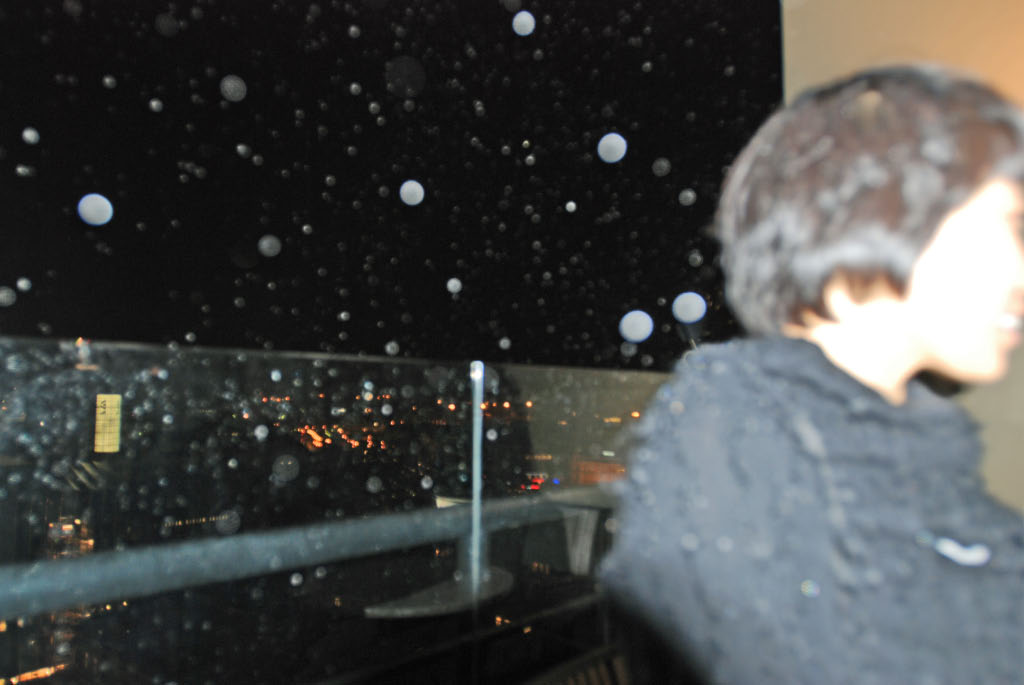An intriguing keynote presentation by Oxford University’s Dominic O’Brien of at the World Wireless Research Forum on using solid state lighting to transfer data. Background research and information can be found here. Essentially it turns a solid state light source such as an LED traffic light into data transmission mechanism.
For thousands of years people have used light sources for low data transmission mechanisms – whether its hilltop beacons to warn of an impending invasion, ship to ship morse code or more recently the extensive use of car head-lights and tail-lights in Tehran’s car to car flirting culture. The inventive step is to increase the data rates, reduce error rates and get the base technology – LEDs down to a mass market price point.
Whilst its likely that most of the data transfer will be ambient – unnoticed by humans the inherent properties of the data delivery mechanism (a light source) and the simple fact that humans have built in senses to process light (eyes+) makes for a number of interesting applications. For example what kind of visual cues will indicate that that that light source is compatible with your device? The type of content that is being transferred? That the data transfer process has completed? How does today’s use of light map to light + metadata tomorrow? A simple example is that whilst it takes you 0.5 seconds for you to notice that the car in front is indicating to turn right your car already noticed in 0.1 seconds. Extrapolate this to all the cars on a freeway during rush hour – each passing information on to the car in front, the car behind. Yes the car behind you is really a doctor on his way to an emergency.
In 2012 when you’re flashed by the teens in the car behind are they telling you to get out of the way or trying to download tunes eminating from your sound system/rear indicators?
